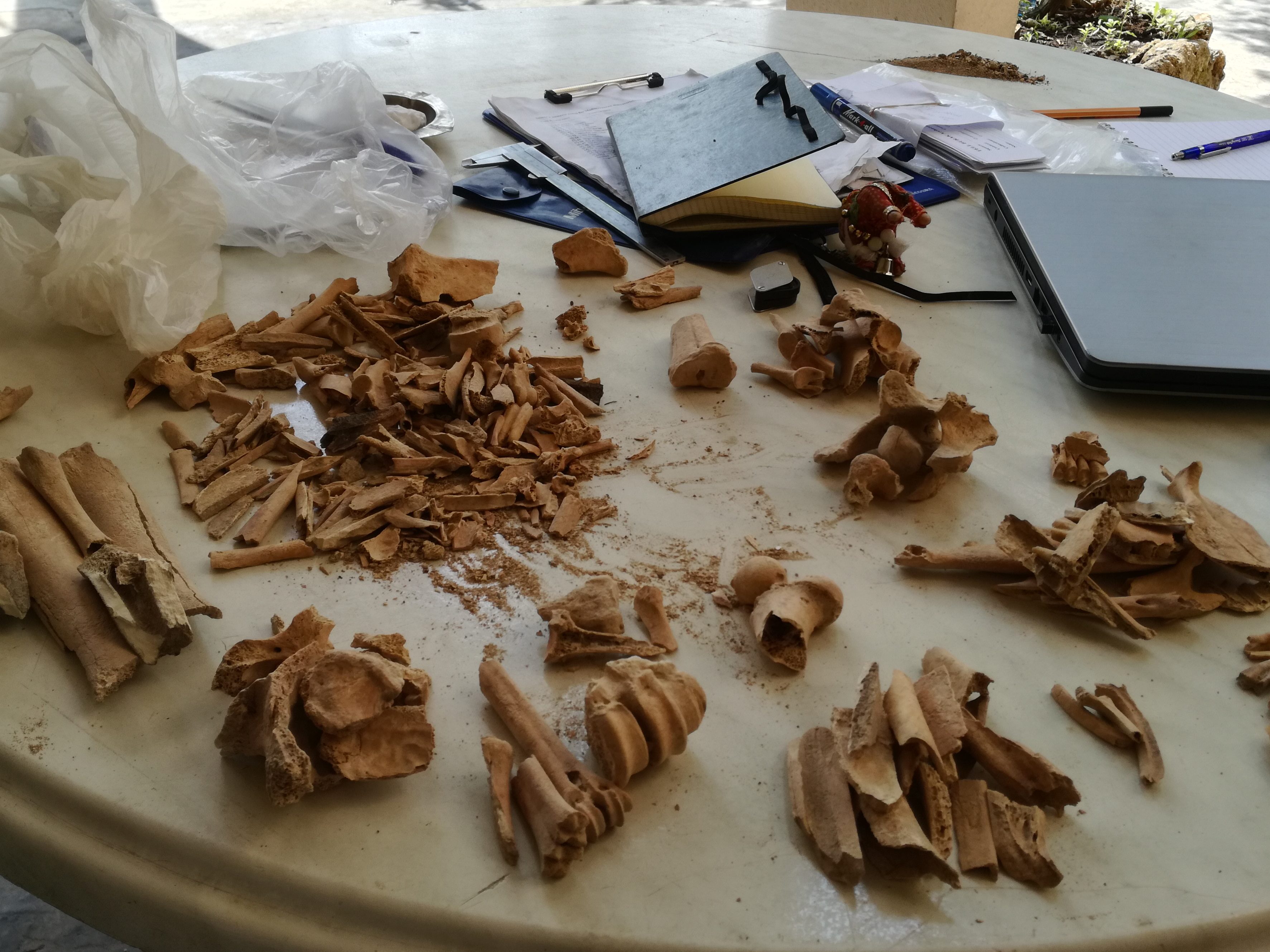
Historical background
The site of Athribis is located on the west bank of the Nile River, just seven kilometers from the regional capital Sohag (Egypt). The temple of Repit is part of the Athribis area and has a long history. Originally built during the Ptolemaic Period by Ptolemaios XII ‘Auletes,’ the temple was dedicated to the lion goddess Repit, an important figure in Ancient Egyptian religion. During the late Roman Period, the influence of the Ancient Egyptian religion waned, and the temple fell into disuse. However, the temple found a new purpose in the Byzantine Period when it was repurposed as an Egyptian Christian nunnery. As time passed, the nunnery was eventually abandoned, leading to the temple’s gradual decline. The stone blocks were looted and reused in other structures nearby, and later, the temple was used as animal pens and a dumping ground. Ultimately, the temple was covered by sand, hiding it from the world.
The temple of Repit is the largest stone temple in Egypt to have been excavated in recent times. The other large temples, such as Dendera and Abydos, were excavated in the 19th and 20th centuries. Back then, less attention was paid to refuse (i.e., trash) layers and post-Pharaonic material. This means the temple of Repit gives us the unique opportunity to study and understand the different phases of reuse in an ancient Egyptian temple.
Goals
My work at the temple of Repit has two goals:
- Determine the diet of people living in an early Medieval village by analysing their trash.
I look at what animals were eaten, when these animals were killed, and whether people still hunted. - Determine the social status and religious identity of the people living in this village.
The expectation is that people of higher status will eat better quality cuts of meat than people of a lower status. Regarding religious identity, the presence of pig is a key factor since Egyptian Christians will eat pork, whereas people adhering to Islam or Judaism will not.
Finding answers to these questions allows us to make hypotheses about the daily life of people living in the vicinity of the temple during the early Medieval Period in Egypt. This information is important since this topic has always been neglected in favour for the ancient Egyptian splendour.

Methods
To find answers to my research questions, I looked at 10,160 animal bones of which 5,088 could be assigned to a genus (ex. felid) or species (ex. dog). This method is called zooarchaeology, a discipline within archaeology that looks at human-animal relationships. When I look at a bone, I try to identify what species it is, how old the animal was, and whether there are any hints to illnesses or butchery. Besides this, all bones are measured and weighed. Once all bones have been processed in this way, the data gets processed using statistical software and conclusions can be made about what people in the past ate and how they processed their food.
Results
We now have an idea of what the people living in Athribis ate during the early Medieval Period. They mainly ate sheep, goat, and fish. Other animals, such as cows and pigs, were also eaten but in smaller numbers. By looking at the parts of animals that were eaten and the ages at which the animals were slaughtered, we know both wealthy and lesser fortunate people used the temple as a dumping ground. The site was used by Egyptian Christians and Muslims, as evidenced by archaeological wooden objects. The presence of a Jewish population is unclear for now but remember: absence of evidence is not evidence of absence!
This research is, however, far from done! As excavations at Athribis are continuing, so will my work there.
You can visit the site on your travels in Egypt and follow the project page!

